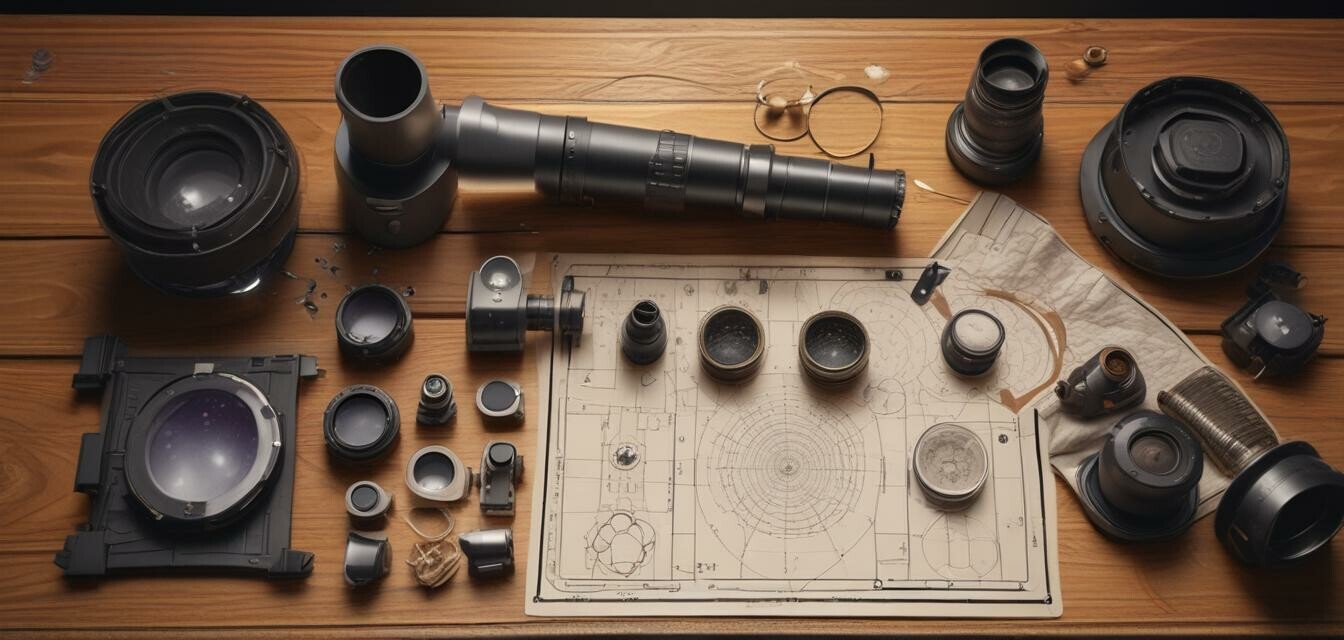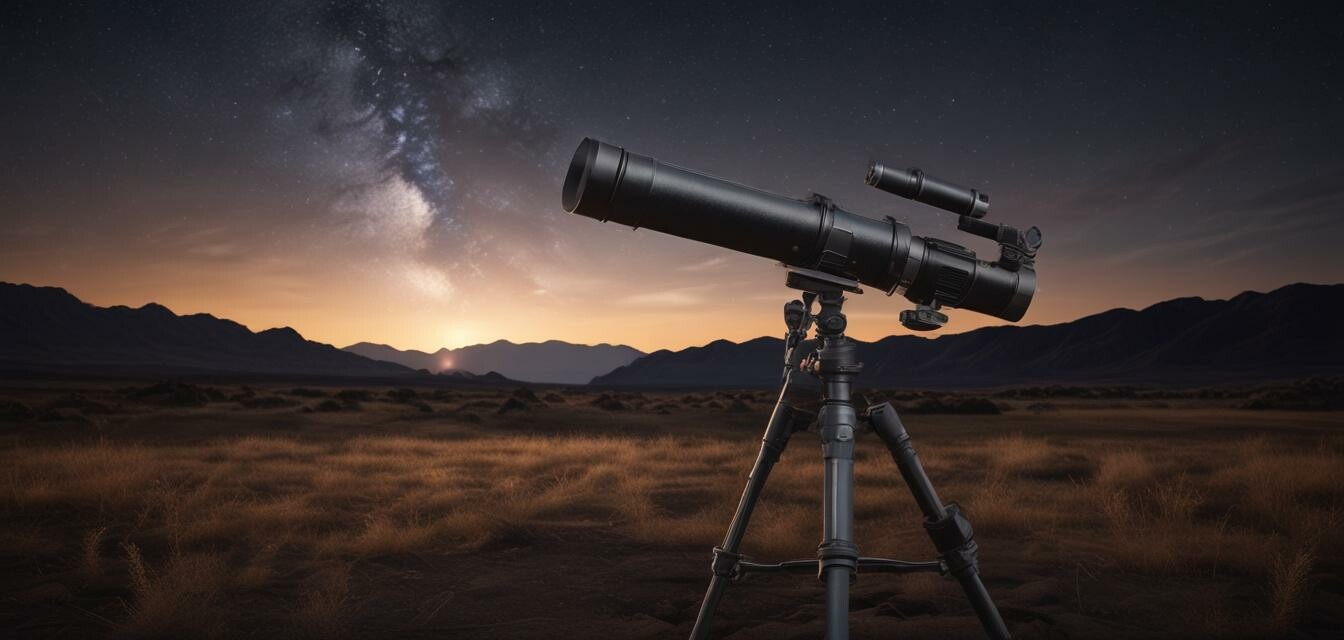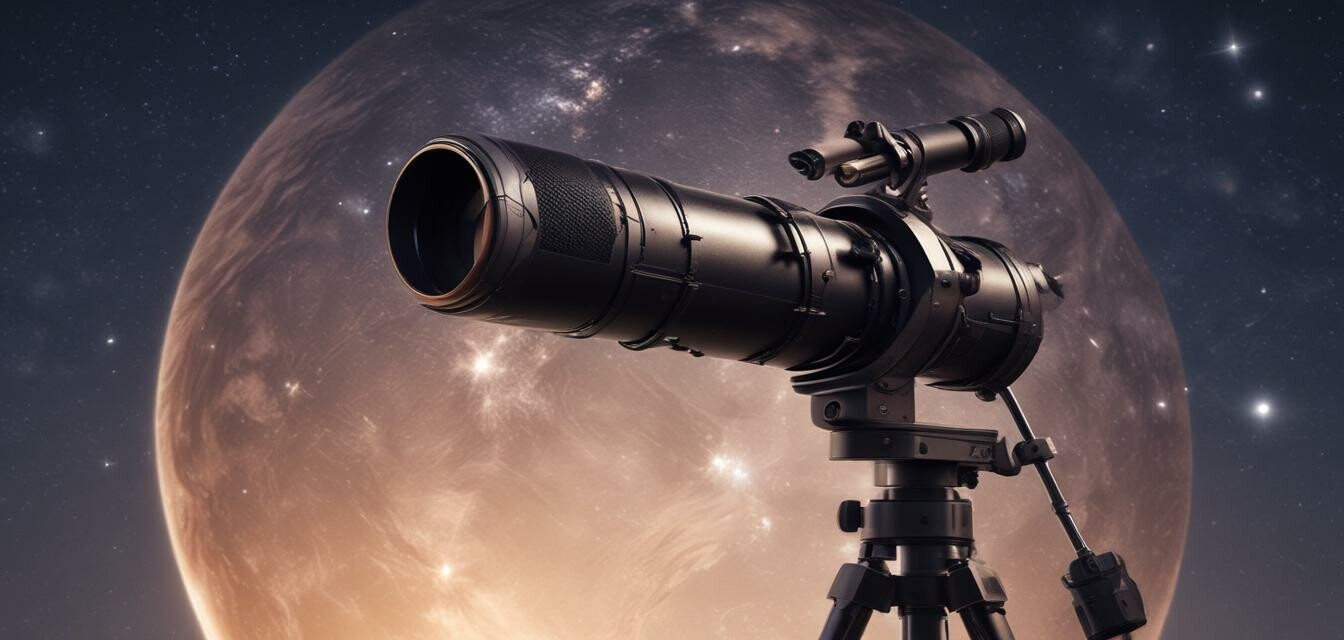
Planetary Observation Techniques
Key Takeaways
- Understanding atmospheric conditions significantly enhances your viewing experience.
- Different telescope types serve varying purposes in planetary observation.
- Planets exhibit different features, best seen using specific techniques.
- Patience and practice are essential for capturing detailed planetary observations.
Observing planets can bring a world of wonder and excitement to both amateur and seasoned astronomers. Whether you're gazing at the rings of Saturn or the surface of Mars, knowledge of proper techniques can greatly improve your experience. In this article, we will delve into effective methods for observing various planets, explore essential telescope types, and outline best practices to adapt according to conditions.
Understanding the Basics
Before venturing into planetary observation, it’s crucial to understand some fundamental concepts that influence your experience:
- Atmospheric conditions: The clarity of the atmosphere dictates the level of detail observed.
- Telescope type: Different telescopes provide various viewing options – choose the right one for your goals.
- Time of observation: Certain planets are best viewed at specific times of the year or night.
Choosing the Right Telescope
Your telescope choice impacts your observation quality. Here’s a quick overview of telescope types suited for planetary observation:
| Telescope Type | Pros | Cons |
|---|---|---|
| Refractor Telescopes | Sharp images, low maintenance | Prone to chromatic aberration |
| Reflecting Telescopes | Clear images, larger apertures available | Requires regular alignment |
| Catadioptric Telescopes | Versatile, compact design | Heavy and may be more expensive |
| Digital Telescopes | User-friendly, easy to capture images | Less suitable for deep-sky observation |
Best Practices for Planetary Observation
Once you’ve chosen your telescope, here are some best practices to enhance your observational experience:
- Know the Planets’ Positions: Use astronomy software or apps to locate planets in the night sky.
- Avoid Light Pollution: Choose dark locations away from city lights for clearer skies.
- Use Quality Eyepieces: Invest in good eyepieces for clearer and crisper images.
- Allow for Cooling: Allow your telescope to cool to ambient temperature before observing.
- Stabilize Your View: Use a sturdy mount or tripod to avoid shaky views.
Observing Specific Planets
Each planet offers unique features that can be observed through certain techniques:
- Jupiter: Look for its bands and the Great Red Spot. Mid to high magnification works best.
- Saturn: The rings are best seen with a medium range eyepiece; twilight hours are perfect.
- Venus: Observe its phases; best viewed shortly after sunset or before sunrise.
- Mars: Look for polar caps and surface features; timing during opposition is key.
Improving Your Skills
Improving your planetary observation skills takes patience and continual practice. Here are some tips to help you hone your skills:
Beginners Section
- Start with larger, brighter planets before moving to dimmer ones.
- Keep a journal of your observations to track progress and improvements.
- Join astronomy clubs or forums to share experiences and gain insights.
- Participate in local star parties where you can learn from others.
Conclusion
Planetary observation is a rewarding endeavor that offers endless learning opportunities. By choosing the right equipment, understanding the planets you wish to observe, and practicing the techniques outlined, you can fully enjoy the wonders of our solar system. Happy observing!
Pros
- Provides a deeper understanding of celestial bodies.
- Encourages patience and observational skills.
- Connects individuals to a larger community of astronomy enthusiasts.
Cons
- Can be frustrating with initial learning curves.
- Equipment costs can be high depending on quality and type.
- Dependent on weather and atmospheric conditions.
Explore More
For more insights on telescopes and related techniques, check out these articles:








